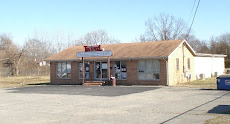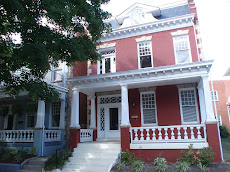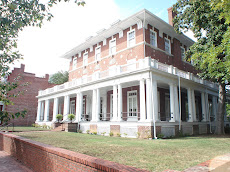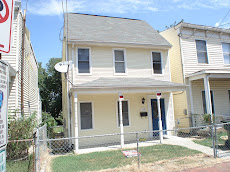I found this great site that was listed in the latest issue of Fanfare newsletter about Walkable Neighborhoods. I was attracted to my current neighborhood for this every reason. I drive so much as a real estate agent it's so nice to just park the car and be able to walk during my time off from work.
Check out this site http://walkscore.com to see how you address score as "walkable". Great selling point for home. Also it lists all nearby grocery stores, restaurants, coffee shops, movie theaters, schools, parks, libraries, book stores, fitness centers, drug stores, hardware stores, and clothing & music stores.
Below is an excerpt from Walkscore.com's definition of what is "walkable":
Picture a walkable neighborhood. You lose weight each time you walk to the grocery store. You stumble home from last call without waiting for a cab. You spend less money on your car—or you don't own a car. When you shop, you support your local economy. You talk to your neighbors.
What makes a neighborhood walkable?
A center: Walkable neighborhoods have a discernable center, whether it's a shopping district, a main street, or a public space.
Density: The neighborhood is compact enough for local businesses to flourish and for public transportation to run frequently.
Mixed income, mixed use: Housing is provided for everyone who works in the neighborhood: young and old, singles and families, rich and poor. Businesses and residences are located near each other.
Parks and public space: There are plenty of public places to gather and play.
Pedestrian-centric design: Buildings are placed close to the street to cater to foot traffic, with parking lots relegated to the back.
Nearby schools and workplaces: Schools and workplaces are close enough that most residents can walk from their homes.
Streets Designed for Everyone
Complete Streets are roads are designed for everyone who uses them, including bicyclists, pedestrians of all ages and abilities, and people getting on and off transit vehicles.
These streets are:
Accessible: There are wheelchair ramps, plenty of benches with shade, sidewalks on all streets, etc.
Well-connected: Streets form a connected grid that improves traffic by providing many routes to any destination.
Built for the right speed:
Lanes are narrow or traffic calming is in place to control speed.
Comfortable: Pedestrian medians at intersections, count-down crosswalk timers, bicycle lanes, protected bus shelters, etc. make the street work better for those outside of a car.
Kerry Riley can be found at www.kerryriley.com.
Wednesday, August 5, 2009
Subscribe to:
Post Comments (Atom)














































No comments:
Post a Comment